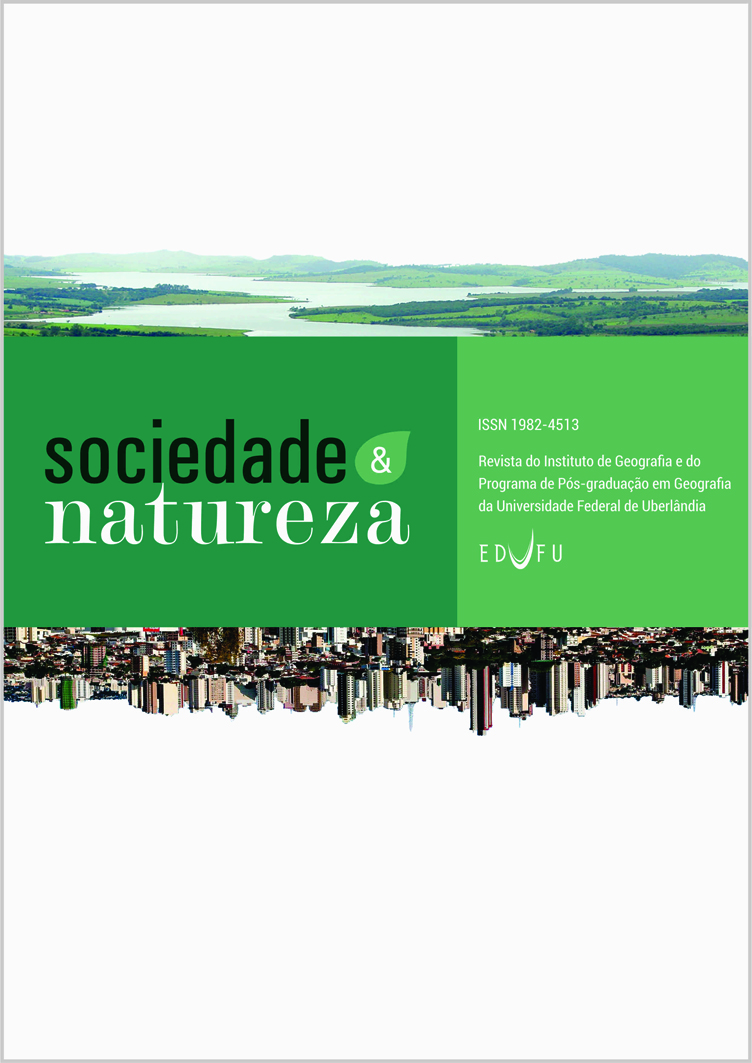Abstract
In São Paulo, Brazil, Campinas city is characterized by both the history of an economic boom, which was influenced by agrarian, financial, and real estate capital, and food scarcity among those comprising its low-income population. As the result of an intense process of gentrification and the presence of hunger, an urban food situation is highlighted in the reproduction of urban space that is characterized by a large number of food establishments that provide food for workers, decrease food scarcity, and prevent the inflation of staple food prices. By drawing on secondary research and empirical data, we demonstrate that Campinas has experienced important urban transformations that have prompted changes in food practices in the period between 1850 and 2016. Hunger among the poor population of Campinas is rooted in the rationalization of the urban space comprising the peripheral sprawl and the growth and densification of markets offering cheap, prepared foods in the city center; these serve to prevent famine among the vulnerable working class, which constitutes the hungry masses of Campinas’ urban world.
Authors hold the Copyright for articles published in this journal, and the journal holds the right for first publication. Because they appear in a public access journal, articles are licensed under Creative Commons Attribution (BY), which permits unrestricted use, distribution, and reproduction in any medium, provided the original work is properly cited.

